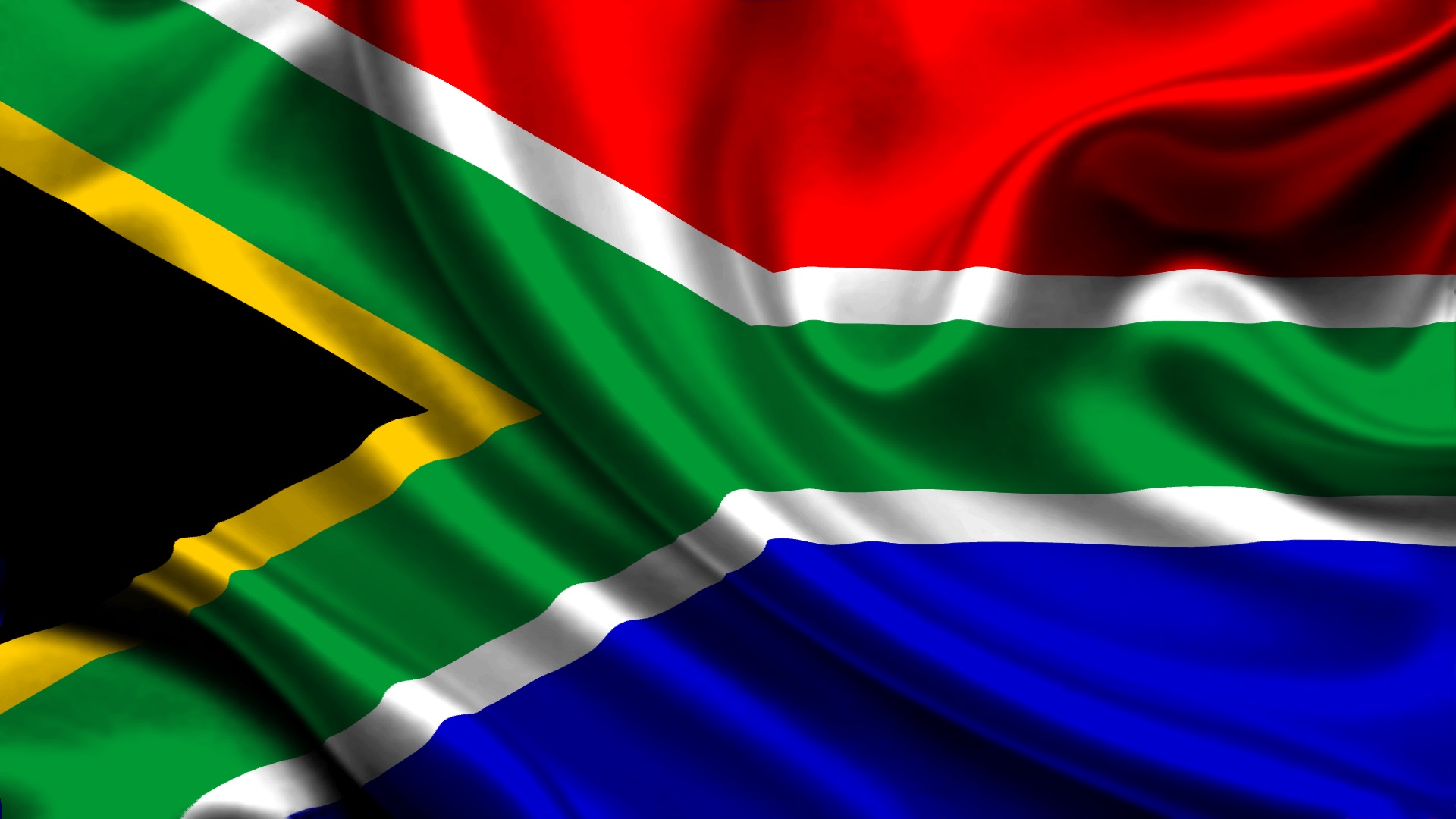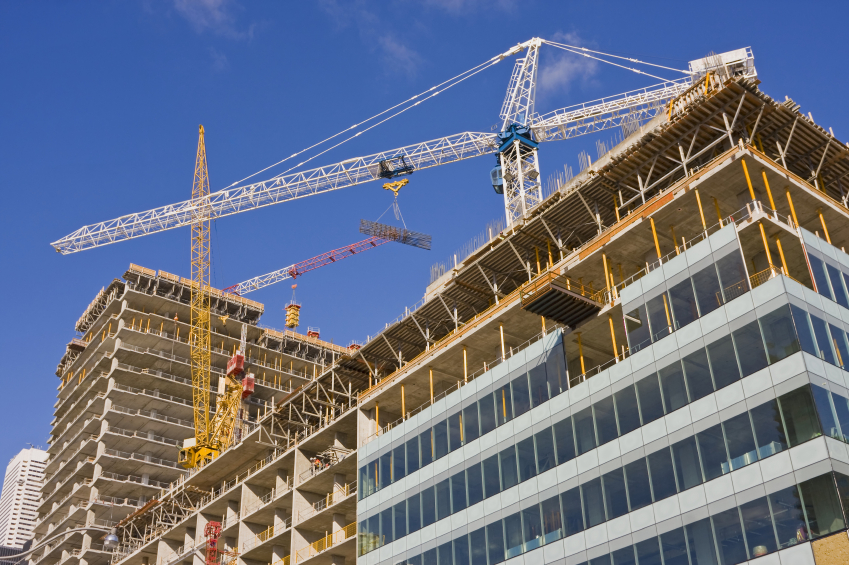Acreage set for spring-back
A sharp decline in migration from the land of the Springboks has helped keep Brisbane’s prime western acreage market downcast. But we are tipping a strong 2015 ‘spring-back’.
With or without a rise in Saffer numbers, other factors are set to fuel an acreage rebound.
Infrastructure and access are catalysts
The top end of Brisbane’s acreage market was probably one of the hardest hit residential sectors post-GFC, both in terms of reduced turnover and lower prices. And it is yet to recover.
Why? Because, while lifestyle trends such as the growing popularity of village-style urban centres have contributed, a key factor unique to this market has been the impact of South African immigration.
Saffers have long been an important demand-driver in our prestige acreage market, attracted by the large allotments, semi-rural lifestyle, the ability to keep horses and space for sports and recreation facilities. South Africans share much in common with Aussies when it comes to an affinity for the bush and great outdoors.
But a look at recent immigration statistics reveals, in just three years from 2009-10 to 2012-13, the number of South Africans granted a permanent visa has more than halved, falling from 11,081 to 5,476.*
Would-be migrants have been dealt a dual blow – the collapse of the RAND coinciding with the rise in the Australian dollar. In 2008, on average, $1AUD was equivalent to 6.9ZAR (Rand). At the height of the Aussie a few months ago, they would have needed to part with 10.15ZAR for every one AUD.
Further, our friends in the South African community say, during recent lean economic times it has been much tougher for skilled migration applicants to gain visas.
So, on top of all the economic factors that hit the wider real estate market, acreage property took a big hit to a vital source of buyers. And, now that the general market is experiencing a strong revival, the prestige acreage category has still been without that large slice of its traditional market.
For people with $1.5 million-plus properties in suburbs like Brookfield, Pullenvale, and Fig Tree Pocket, it has significantly impacted their sale prospects, so prices have remained soft. As a result, there are some outstanding buying opportunities out there, often hundreds of thousands of dollars below replacement cost.
But we believe the game is about to change in 2015. Three reasons: access, infrastructure, and a falling Aussie dollar.
Number one will be the opening of Legacy Way – the 4.6km road tunnel connecting the Western Freeway at Toowong with the Inner City Bypass (ICB) at Kelvin Grove. It will almost HALVE peak hour travel times between the Centenary Bridge and the ICB, linking outer western suburbs so much more quickly and smoothly with the city, Airport, northside and beyond.
Imagine the reduced congestion on thoroughfares like Coronation Drive and Milton Road. You only need think of the difference school holidays make to the run from Brookfield to the city to know how good it will be!
The second catalyst to the market lift will be rapid growth in social infrastructure. A prime example is Brookfield Garden Centre proprietors Scott and Robyn McLay’s initiative to open Wild Canary bistro alongside the nursery. The fully licensed venue, open for breakfast and lunch 7 days, has been a huge hit with locals.
Now Pullenvale is about to get its own retail and convenience hub, Pullenvale Marketplace on McCaskill Road. Chris and Wendy Maniatis (of famed western suburbs institution Superior Fruit at Graceville) are opening a fresh fruit and veg outlet, deli and café. With a quality butcher and fishmonger also committed, it’ll be like the acreage belt’s own mini James Street. The inclusion of a medical, dental and pathology centre will attract even more convenience and specialty shops.
Down the road, we’ve seen one of Brisbane’s largest retail redevelopment investments unfold, the $450 million facelift of Indooroopilly Shopping Centre, adding 30,000sqm of new retail space including over 100 new fashion stores, new restaurants, cafes, salons and specialty shops and David Jones.
The AUD, which peaked at US$1.11 on July 27, 2014 has already fallen 27 per cent to US$0.81, and the Reserve Bank would like it even lower.
It all adds up an incredible stimulus for western acreage suburbs. Emerging lifestyle assets, better access and less congestion, plus the great buying still available mean these suburbs will be a real 2015 hot spot.
* Source Economic Analysis Unit, Commonwealth Dept. of Immigration and Border Protection, 2013



